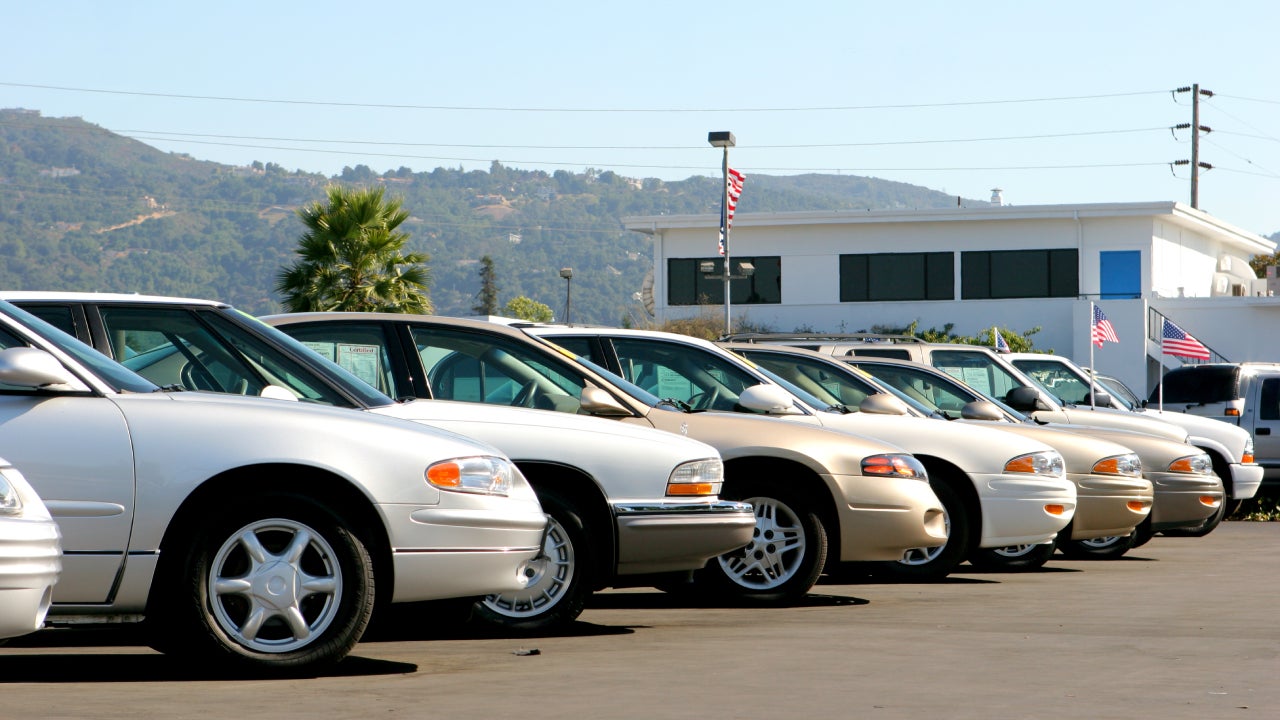Cheap no down payment car insurance

Key takeaways
- Most car insurance carriers require a “down payment,” or first policy payment, right away to activate your policy.
- Auto-Owners, Geico and USAA may offer cheap car insurance for drivers on tight budgets.
- Although paying monthly may be easier on your budget, it can cost more than paying a lump sum in the long run. Your insurer may implement monthly installment fees, and you wouldn’t earn a paid-in-full discount.
Every car insurance policy requires you to make some kind of payment before your coverage kicks in — “no down payment car insurance” does not exist. However, some policy types offer lower initial payments than others. Many car insurance companies allow you to pay monthly, which may be easier on your budget than yearly or biannual payments. However, you may need to also pay installment fees if you go that route. If you don’t drive much, opting for pay-per-mile could help you lower your car insurance costs.
Where can I buy cheap car insurance with no deposit?
Car insurance is a legal contract between you and your insurance company. Paying the premium is your end of that contract, while fulfilling and paying out eligible claims is your insurance company’s. To use your insurance policy, you’ll need to pay for it first; you can’t just sign the paperwork, get insurance and worry about paying for it later.
That said, some policies may require less money upfront than others. Some insurance companies offer cheaper average rates than others, and may even advertise themselves as more budget-friendly than others. Based on our analysis of average car insurance rates, Auto-Owners, Geico, USAA, AAA and Travelers offer some of the most affordable rates as of March 2025.
Additionally, some insurers will give you the option of making a reduced payment in the first month of your policy, spreading the remainder of that payment out over the rest of the policy’s life. Still, you will need to make some type of payment upfront.
Getting quotes from carriers that offer cheap average rates might be a good way to make your premium fit in your budget, although you should keep in mind that car insurance rates are very personalized, and even a company that offers cheap average rates might not be the cheapest for you. Also consider asking about a monthly payment plan rather than a policy that requires lump sum payments once or twice a year.
How much is car insurance with no down payment?
While not a down payment, the cost to activate your car insurance policy will depend on your premium for the entire policy period, which is six or 12 months. You typically have the option to pay the full premium for the policy period upfront, semi-annually, quarterly or in monthly installments. If you pay your car insurance in installments, you could end up paying more if the insurer adds installment fees. You might also be missing out on potential paid-in-full discounts that many carriers offer.
The table below shows how much you may need to pay upfront, on average, to finalize an auto policy from some of the top, cheap insurers. While these are averages, these rates can be used as a point of comparison to know if you’re receiving a competitive quote, based on if you choose to pay your entire year’s premium in a lump sum or monthly. For reference, drivers pay around $799 per year on average for a minimum coverage car insurance policy.
| Insurance company | Annual min. coverage “down payment” amount* | Monthly min. coverage “down payment” amount** |
|---|---|---|
| Auto-Owners | $495 | $41 |
| Geico | $580 | $48 |
| USAA | $594 | $50 |
| AAA | $631 | $53 |
| Travelers | $657 | $55 |
*Average annual premiums do not include a paid-in-full discount (if available).
**Average monthly premiums do not include installment fees.
What to keep in mind when getting no down payment car insurance
If you are looking for cheap no down payment car insurance, there are some things to keep in mind. These tips may help you save on your car insurance costs.
Paying monthly could cost more in the long term
Although paying your auto insurance monthly may be better for your budget, it could end up costing you more money in the long term. This is because most insurance companies charge installment fees for each payment. So, if you have a six-month policy with a carrier charging a $3 monthly installment fee, for example, you would end up paying an extra $18 for the policy period, which is added to your total cost of car insurance.
Each insurance company sets its own installment fee amount, which could be anywhere from $1 to $5 or more per installment. If you are shopping for car insurance quotes and plan to make monthly payments, ask the insurance agent how much the installment fee is so you can decide if paying monthly is worthwhile for you. Plus, if you choose to pay more money upfront, you could earn a paid-in-full discount, which could also help make your policy more affordable.
Shop for insurance before buying a car
If you’re on a tight budget and want a cheap down payment car insurance, shopping for insurance before buying a car might help you stick to your financial goals. That’s because the make and model of your car is one factor that determines car insurance rates.
With an older car that you’re able to purchase outright, you may be able to forego full coverage and get cheaper minimum coverage insurance instead, although you’ll want to make sure that is the right financial move for you. On the other hand, some newer cars have advanced safety features that could make them cheaper to insure. Comparing insurance quotes from multiple companies can help you decide which car to buy and help you find the cheapest premium for the car insurance coverage you need. Consider looking for online car insurance using a comparison website to get quotes more quickly.
How to save money on car insurance
Like all insurance, car insurance companies base the amount they charge on your perceived risk. If an insurer thinks you’re more likely to get into an accident or file a claim for another reason, they’ll tend to charge more to compensate for that risk. That means saving money on car insurance typically involves reducing your risk of getting into an accident and limiting how much the insurer will have to pay if you do file a claim. Here are a few things that might help you save on car insurance:
- Drive safely: One of the best ways to save money on auto insurance is to build up a good driving record. The longer you can go without getting a ticket or getting into an accident, the better it will be for your budget. If you are a good driver, enrolling in a telematics program with your insurer could also save you money, as these programs track your driving in real-time to allow you to earn discounts for driving safely.
- Consider your vehicle: The car you drive also plays a big role. Newer, more expensive cars cost more to insure than older ones that aren’t worth as much. You could consider changing vehicles if insurance costs become prohibitive. Reducing the amount of coverage will also lower your premium, just be sure to follow state law for minimum insurance amounts and maintain enough coverage to protect yourself financially.
- Improve your credit score: Another way to reduce your premiums (in most states) is to improve your credit score. In every state except California, Hawaii, Michigan and Massachusetts, which ban or restrict the practice, insurers can use your credit-based insurance score when determining your premium. Data has shown that people with higher credit scores file fewer claims, so improving your credit score could help lower your premiums, sometimes significantly.
- Inquire about discounts: Ask your insurer about any potential discounts you qualify for as you can typically stack discounts for maximum savings. You can often save money by bundling multiple insurance policies, taking defensive driving classes or qualifying for other discounts.
Frequently asked questions
Methodology
Bankrate utilizes Quadrant Information Services to analyze March 2025 rates for all ZIP codes and carriers in all 50 states and Washington, D.C. Rates are weighted based on the population density in each geographic region. Quoted rates are based on a single, 40-year-old male and female driver with a clean driving record, good credit and the following full coverage limits:
- $100,000 bodily injury liability per person
- $300,000 bodily injury liability per accident
- $50,000 property damage liability per accident
- $100,000 uninsured motorist bodily injury per person
- $300,000 uninsured motorist bodily injury per accident
- $500 collision deductible
- $500 comprehensive deductible
To determine minimum coverage limits, Bankrate used minimum coverage that meets each state’s requirements. Our base profile drivers own a 2023 Toyota Camry, commute five days a week and drive 12,000 miles annually.
These are sample rates and should only be used for comparative purposes.
You may also like


Buying car insurance for a new car




